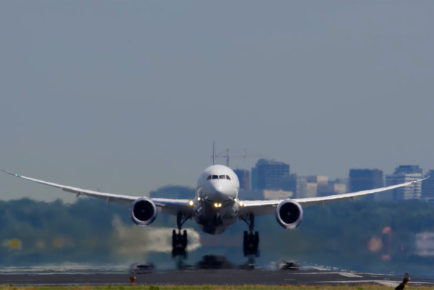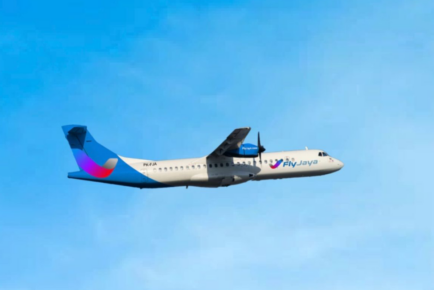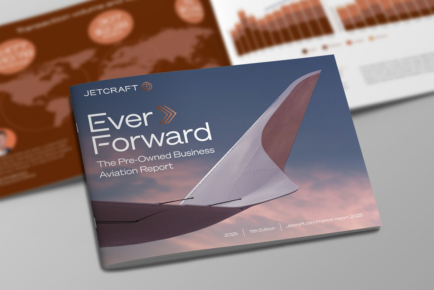April 17, 2020 · Chad Anderson
How is technology changing business jet transactions?

It’s easy to forget we haven’t always had technology at our fingertips. Over the past 20 years, digital innovations have revolutionized our social lives, work habits and learning abilities in a way we could never have imagined.
When mobile phones and the internet were first introduced, they were privileged items to have in your home. According to a census taken in the US, only 51% of households had a computer in the year 2000. Today, it’s hard to imagine a world without one. How else could we talk to family members who live in other countries, complete business deals in different time zones, or facilitate cross-border transactions?
The importance of technology to our operations has become clear during the COVID-19 pandemic. With many countries under strict lockdowns, tools such as Microsoft Teams, WhatsApp, Skype and WeChat enable us to stay connected to our customers and employees. These platforms shorten distances, bringing us together so Jetcraft can remain open and ready to transact.
The pandemic will change how we do business in the long run. Already, the digital natives of Generation Z have started entering the market as private jet users through charter, empty legs and jet cards. It won’t be long before they’re looking to purchase their own aircraft. The way we’re using instant messaging during COVID-19 – for rapid communication with clients, speeding up transactions – will be the norm for these buyers. We must be ready to adapt our working practices to suit this new generation.
Lockdowns also mean remote business jet viewing might be a buyer’s only option. Developments in VR technology could bring full-scale walkthroughs – or the chance to ‘touch’ an aircraft through tactile VR gloves – to buyers’ living rooms in the future. Today, while travel restrictions are in place buyers can still remotely view multiple aircraft, through high-quality photos, videos and on-the-ground virtual viewings.
Beyond business aviation, adjacent technologies such as eVTOLs and supersonic jets should take off in the next five years, assuming they’re accepted by regulators and consumers. eVTOLs will be a major disruptor, as they’ll change a lot of people’s lives, shortening commutes and enabling ultra-fast deliveries. But these technologies remain ‘adjacent’ to business aviation. We don’t expect many owners to upgrade their long-range jets to supersonic, but they may charter one for especially time-sensitive travel.
The power of technology to build connections is second only to that of travel. This pandemic has shown us how digital platforms can help us reach our business goals faster, but also how much we value creating relationships face to face. With a global network behind us, we are ready for whatever the next decade of business jet transactions brings.
SIGN UP FOR OUR MONTHLY JETSTREAM RECAP
Don't miss future Jetstream articles. Sign up for our Jetcraft News mailing list to receive a monthly eblast with links to our latest articles. Click to join the 1,800+ subscribers on our mailing list.






